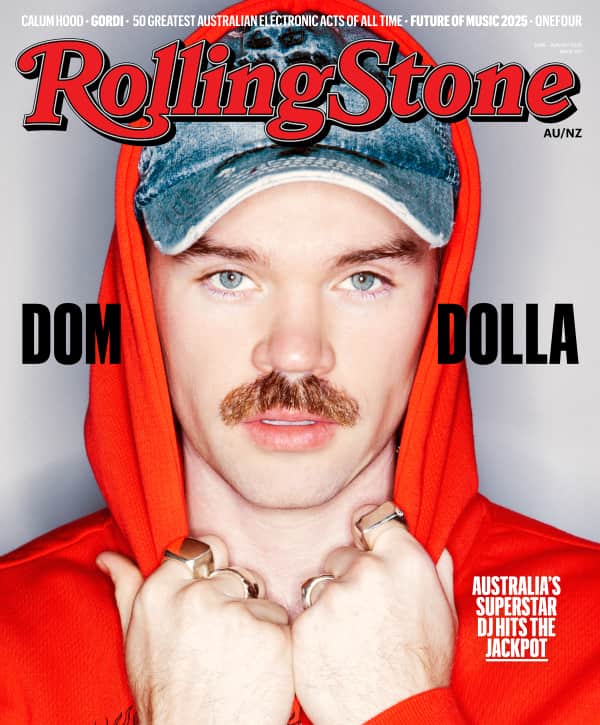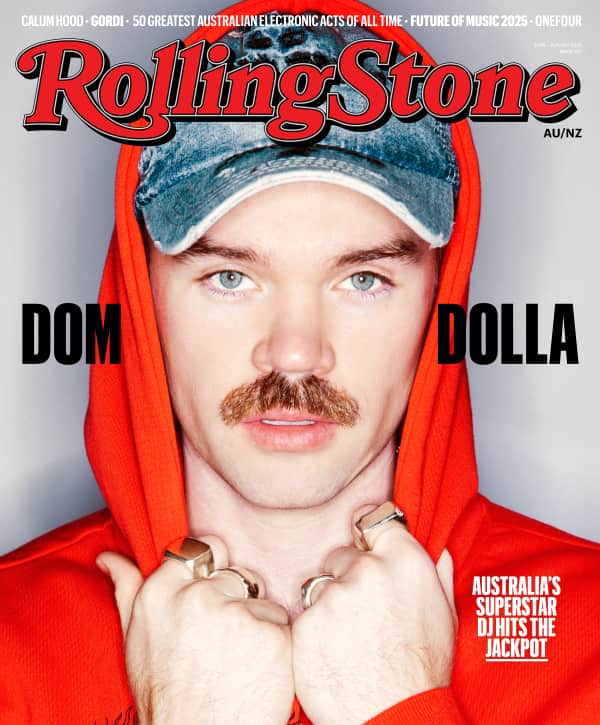In the first-season finale of the new Apple drama Chief of War, two rival clans prepare to do battle at the base of an active volcano on the island of Hawai’i. As lava flows and steam rises in the background, a representative of each group steps forward to challenge the other, hurling elaborate insults (in subtitled Hawaiian) at their opponent. One, for instance, calls the other “lowborn scum of the Earth” and “the epitome of cowardice.” They are, in effect, cutting wrestling promos, in what is at the moment one of the most dangerous spots on the planet, right before they intend to start killing anyone in their path using spears, clubs, and even their bare hands if necessary.
It’s an incredible spectacle, of the sort that a show like Chief of War — a historical epic about the late-18th-century battle to unify the islands, with the threat of Western colonization looming — all but promises from its opening hour. But it only comes late in the ninth episode of a series with sluggish pacing, a mostly flat collection of characters, and a compulsion to restate the same handful of ideas again and again. It’s trying to be something akin to a Hawaiian version of Shōgun, splitting its time between exploring the culture of the feuding island factions and allowing star Jason Momoa’s Maui-born warrior Kaʻiana to go full Khal Drogo on his enemies. But it primarily comes to life in the latter mode.
Momoa co-created the series with Thomas Pa‘a Sibbett, and they populate it with significant historical figures like Ka’iana, Maui king Kahekili (Temuera Morrison), Hawaiian king Keōua (Cliff Curtis), and Keōua’s rival Kamehameha (Kaina Makua), who in real life eventually became the ruler who brought the islands together. It’s an intriguing setup, especially since — as was the case way back when on Game of Thrones, where everyone kept arguing over who would rule Westeros, all the while ignoring the larger danger posed by the White Walkers — all these feuding would-be kings are oblivious to the existential threat of white sailors who see the islands as a paradise to be seized from its primitive leaders.
But Momoa and Sibbett keep hitting the same character beats throughout these nine episodes. Kahekili is a sadist who’s gone mad with power-lust, and his son Kupule (Brandon Finn) can’t decide if, or how, to intervene as his father tortures and slaughters anyone who stands in his way. Keōua is blinded by wounded pride over his late father’s decision to bequeath their sacred God of War symbol to Kamehameha. Kamehameha in turn is reluctant to resort to violence unless presented with overwhelming evidence by an exasperated Ka’iana. And Kamehameha’s wife Ka’ahumanu (Luciane Buchanan) struggles to make her sensible voice heard in a male-dominated society that expects her to quietly make babies for her husband.
Most of these conflicts are interesting on paper, and played by charismatic actors like Momoa, Morrison, and Curtis. But Chief of War has little to say about them beyond their basic setup. And Kamehameha is presented as an extremely flat and passive character who exists primarily to make Ka’iana and Ka’ahumanu look smarter than him. (Sometimes, when a lead actor is also co-creator and executive producer, they can go out of their way to make their characters seem better than everyone else.)
So that leaves the show’s action sequences to carry things. When they come, they’re usually excellent. The series opens with Ka’iana and his family — wife Kupuohi (Te Ao o Hinepehinga), her sister Heke (Mainei Kinimaka), and his brothers Nahi (Siua Ikale’o) and Namake (Te Kohe Tuhaka) — on a fishing expedition together, where a loincloth-clad Ka’iana lassos a shark. The periodic battle scenes that follow are even more thrilling, particularly that volcano fight in the finale. But the talking scenes — mostly in Hawaiian, though a bit more in English in later episodes, after one character spends time traveling on a merchant vessel, while British sailor John Young (Benjamin Hoetjes) gets stranded on Hawai’i and gives lessons to Kamehameha’s people — are both more frequent and less compelling.
When Ka’iana and Ka’ahumanu are debating how to deal with Kamehameha’s pacifist leanings, Ka’iana insists that talk will get them nowhere, and that “this will end in blood.” His thesis is the same as the show’s, for good and for ill.
Love Music?
Get your daily dose of everything happening in Australian/New Zealand music and globally.
The first two episodes of Chief of War begin streaming Aug. 1 on Apple TV+, with additional episodes releasing weekly. I’ve seen all nine episodes.
From Rolling Stone US



































